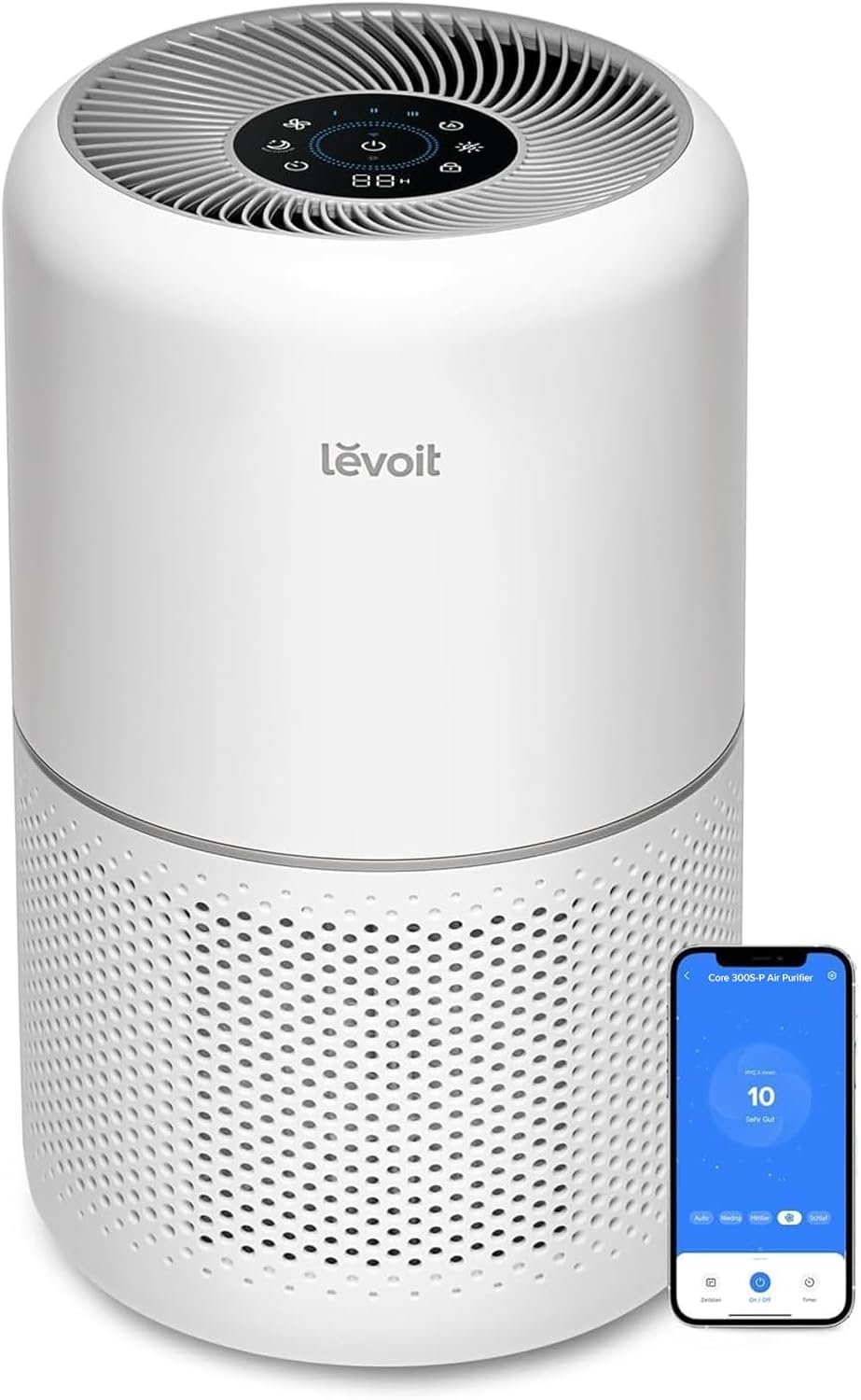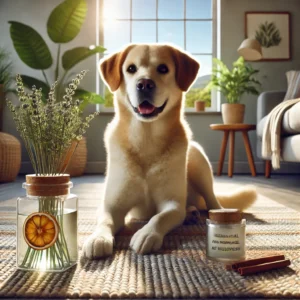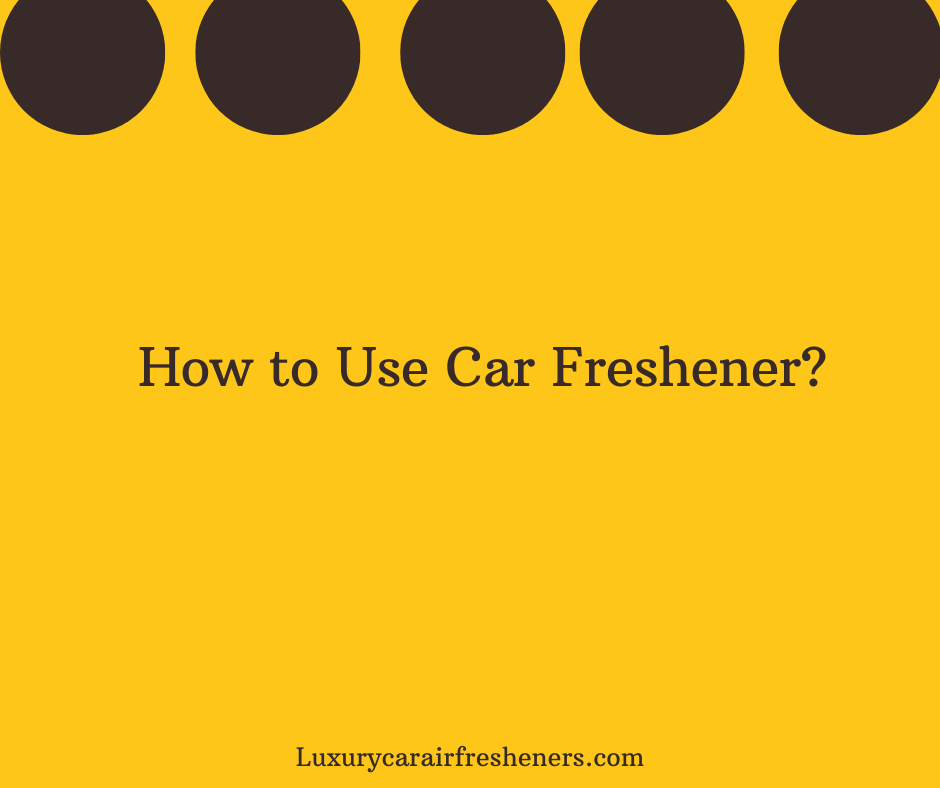Is Air Freshener Safe for Dogs? A Vet-Informed Guide for Concerned Pet Parents
We all love our dogs, but let’s be honest: they aren’t always the freshest-smelling members of the family. That “wet dog” aroma after a rainy walk or the general “eau de canine” that settles into our carpets can have us reaching for a quick fix. An aerosol spray, a plug-in diffuser, a scented candle—we just want our homes to smell clean. But have you ever paused, can in hand, and wondered, “Is this actually safe for my dog?”
As a devoted dog owner and someone deeply invested in animal wellness, I’ve spent countless hours researching this exact question. The answer isn’t a simple yes or no. It’s a complex issue that lies at the intersection of chemistry, biology, and responsible pet ownership. Many common air fresheners contain a cocktail of chemicals that can be irritating or even toxic to our canine companions.
This guide is designed to cut through the marketing jargon and misinformation. We will explore the science behind the risks, identify specific harmful ingredients, break down the dangers of different types of products, and—most importantly—provide you with a comprehensive list of safe, effective alternatives to keep your home smelling wonderful without compromising your dog’s health.
The Science Simplified: Why Air Fresheners and Dogs Don’t Always Mix
To understand the risk, we first need to appreciate the profound difference between our sensory world and our dog’s. What is a pleasant background scent to us can be an overwhelming assault to them.
A Dog’s Respiratory System: A Different World
A dog’s nose isn’t just a cute button on their face; it’s a sophisticated sensory organ. They possess up to 300 million olfactory receptors, compared to our meager 6 million. When they inhale, the air is split between two paths: one for breathing and one purely for smelling. This means they are not only more sensitive to scents, but they are also more susceptible to inhaling the airborne chemicals that carry those scents. Fine particles from sprays and diffusers can settle deep in their respiratory tract, leading to irritation, inflammation, and allergic reactions.
Expert Insight: The Vet’s Perspective
Veterinarians frequently treat dogs for “unexplained” respiratory issues like coughing and sneezing. After ruling out infections, environmental irritants are a primary suspect. The continuous, low-level exposure to the chemicals in products like plug-in air fresheners can act as a chronic irritant, potentially exacerbating conditions like asthma or bronchitis in susceptible dogs.
The Culprits: Harmful Chemicals Hiding in Plain Sight
The term “fragrance” on an ingredient list can hide a multitude of sins. Companies are not required to disclose the specific chemicals that make up a scent. Here are some of the worst offenders frequently found in air care products.
Volatile Organic Compounds (VOCs)
VOCs are gases emitted from certain solids or liquids. They are the workhorses of air fresheners, carrying the scent through the air. Unfortunately, many are hazardous. Common VOCs include formaldehyde, benzene, ethanol, and acetone. Short-term exposure can cause eye, nose, and throat irritation, while long-term exposure is linked to more serious health problems in both humans and pets.
Phthalates (Pronounced THAL-ates)
If you’ve ever wondered how a scent can last for 30 days from a tiny plug-in, thank phthalates. These chemicals are plasticizers used to make fragrances last longer. They are known endocrine disruptors, meaning they can interfere with an animal’s hormonal systems, and have been linked to reproductive and developmental issues.
Essential Oils (The Surprise Danger)
This is the one that surprises most pet owners. “Natural” does not automatically mean “safe.” While some essential oils are safe for dogs when used properly, many are highly toxic. A dog’s liver metabolizes substances differently than a human’s, and they can’t process certain compounds found in these oils.
TOXIC ESSENTIAL OILS: NEVER Use These Around Your Dog
This is not an exhaustive list, but these are some of the most common and dangerous essential oils for dogs, whether diffused or applied topically. Ingestion is the most severe risk.
- Tea Tree (Melaleuca)
- Pennyroyal
- Pine Oil
- Wintergreen
- Cinnamon
- Citrus oils (in high concentration)
- Peppermint
- Sweet Birch
- Ylang Ylang
Risk Assessment: A Breakdown of Common Air Freshener Types
The way a scent is delivered into your home environment drastically changes the risk profile for your dog. Here’s a look at the most common types, from most to least concerning.
| Freshener Type | Primary Risks | Risk Level |
|---|---|---|
| Aerosol Sprays | Direct inhalation of fine chemical particles, ingestion from licking sprayed surfaces or their fur, eye/skin irritation. | HIGH |
| Plug-In Diffusers | Continuous release of VOCs and phthalates into the air, potential for liquid to leak and be licked or absorbed through skin. | HIGH |
| Scented Candles | Release of soot and VOCs from paraffin wax, toxic essential oils in the scent, risk of burns or ingestion of wax. | MODERATE |
| Reed Diffusers / Gels | The primary danger is ingestion. Many contain high concentrations of toxic essential oils or chemicals that can be fatal if consumed. | MODERATE |
Recognizing the Signs: Symptoms of Air Freshener Toxicity in Dogs
Reactions can be immediate or develop over time with chronic exposure. If you use air fresheners and notice any of the following signs, remove the product immediately, ventilate the area, and contact your veterinarian.
- Respiratory Distress: Persistent coughing, sneezing, wheezing, watery eyes, nasal discharge, or difficulty breathing.
- Neurological Issues: Lethargy, unusual tiredness, drooling, stumbling or acting “drunk” (ataxia), muscle tremors, or even seizures in severe cases.
- Gastrointestinal Upset: Vomiting or diarrhea, particularly if they have licked or ingested a part of the product.
- Skin Irritation: Redness, rashes, or frantic scratching, especially if they came into direct contact with a liquid or spray.
What to Do in an Emergency
If you suspect your dog has ingested an air freshener or is having a severe reaction, this is a medical emergency. Immediately call your veterinarian or the ASPCA Animal Poison Control Center at (888) 426-4435. Have the product packaging on hand if possible.
Breathe Easy: The Ultimate Guide to Pet-Safe Home Fragrance
Now for the good news! You don’t have to choose between a fresh-smelling home and your dog’s health. The best approach is to tackle odors at their source and then use safe methods to introduce pleasant scents.
- Ventilate, Ventilate, Ventilate: The single most effective way to combat odors is to exchange stale indoor air for fresh outdoor air. Open your windows daily, even for just 10-15 minutes.
- Clean the Source: Don’t just mask odors. Wash your dog’s bedding frequently. Vacuum carpets and furniture with baking soda. For accidents, use a powerful, pet-safe enzymatic cleaner that breaks down and eliminates odor-causing organic matter.
- Invest in an Air Purifier: A high-quality air purifier with a HEPA filter is a game-changer for pet owners. It physically removes pet dander, allergens, and odor molecules from the air instead of just covering them up.
- Use DIY Simmer Pots: Fill a small pot with water and add dog-safe ingredients like orange slices, cinnamon sticks, cloves, and apple peels. Let it simmer on the stove (never unattended!) for a wonderful, natural aroma.
- Use Essential Oils CAREFULLY: If you choose to use an essential oil diffuser, it must be done with extreme caution.
- Use ONLY dog-safe oils: Lavender, Chamomile, and Ginger are generally considered safe in moderation.
- Use a water-based ultrasonic diffuser: These create a fine mist and don’t heat the oil.
- Dilute heavily: Use only 1-2 drops of oil in a full diffuser.
- Provide an exit: Always diffuse in an open area and ensure your dog can easily leave the room if the scent bothers them.
Web Dev Pro Approved: Pet-Safe Products on Amazon
We’ve curated a list of top-rated products that are highly effective and, most importantly, designed with pet safety in mind. These are the tools we use in our own homes to keep them fresh and welcoming for our two- and four-legged family members.

LEVOIT Core 300S Air Purifier
A true workhorse for pet owners. Its 3-stage filtration with a HEPA filter captures 99.97% of pet dander, dust, and pollen, while the carbon filter actively neutralizes household odors.
View on Amazon
Rocco & Roxie Stain & Odor Eliminator
This is the gold standard for pet messes. It’s an enzymatic cleaner that doesn’t just cover stains and smells—it destroys the ammonia crystals and organic matter that cause them. Certified gentle and safe.
View on Amazon
Moso Natural Air Purifying Bag
The simplest solution. These bags contain activated bamboo charcoal, which absorbs odors, moisture, and allergens from the air without releasing any scent at all. Completely non-toxic and reusable for up to two years.
View on AmazonA Holistic Approach to a Healthy Home
Being mindful of your home’s air quality is a cornerstone of responsible pet ownership. It’s about creating a safe haven where your companion can thrive, free from unnecessary chemical exposure. This proactive mindset is especially important when you first decide to bring a dog into your life.
Creating that safe and welcoming space is a top priority for any new pet parent. It starts with understanding potential household dangers like air fresheners, but it’s also about the journey of finding your new best friend. If you’re at the beginning of that journey, our guide on how to adopt a dog for free provides a comprehensive look at bringing a rescue dog into your carefully prepared, safe home.
Quick Answers for Concerned Pet Parents
Is Febreze safe for dogs?
Febreze products are generally considered safe for use in homes with pets when used as directed. Their main ingredient is cyclodextrin, which traps odor molecules. However, the “fabric refresher” sprays can contain alcohol and fragrances that may be irritating to sensitive dogs. It’s best to spray it on fabrics and let it dry completely before allowing your dog in the area. Never spray it directly on or near your pet.
Are Bath & Body Works Wallflowers safe for pets?
These pose a significant risk and are not recommended for homes with pets. They are a type of plug-in diffuser that continuously heats and releases a potent mixture of undisclosed fragrance chemicals and essential oils, many of which can be toxic to dogs. The risk of respiratory irritation and poisoning from a leak is high.
Are soy or beeswax candles safer than paraffin candles for dogs?
Yes, significantly. Candles made from 100% soy or beeswax are a much safer choice than traditional paraffin wax candles (which are a petroleum byproduct). They burn cleaner and don’t release the same VOCs. However, you must still ensure they are unscented or scented only with dog-safe essential oils and that they are kept well out of your dog’s reach to prevent burns.
A Final Sniff: Your Commitment to Their Wellbeing
Your dog trusts you completely to make decisions that protect their health and happiness. By choosing to ditch harsh chemical air fresheners, you are honoring that trust. You’re making a conscious decision that their ability to breathe easy is more important than a synthetically scented room. With the safe and effective alternatives available today, you can have the best of both worlds: a clean, fresh-smelling home and a healthy, thriving canine companion. That’s a choice every loving pet owner can feel good about.


